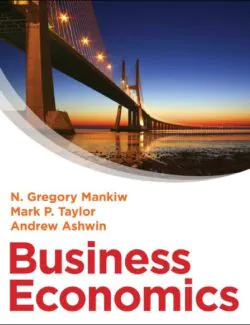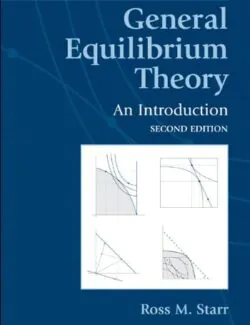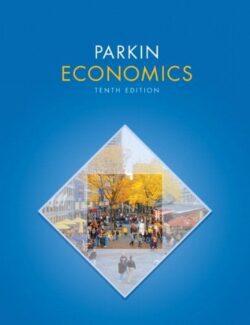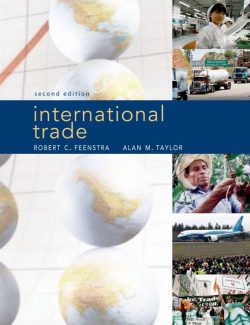Description
“The underlying assumptions of this book are, first, that modern industrial factors have a complex institutional structure that includes production companies, banks, governments and households and, secondly, that the evolution of economies over time It depends on how these institutions make decisions and interact with others.
Our aspiration is to introduce a new way of understanding how these complicated systems work together. Our method is based on the fact that each change for one sector implies an equivalent obligation for another sector (each purchase implies a sale), while each financial balance (the difference between the income of a sector and its disbursements) must result an equivalent change in the sum of its balance (or stock) variables, with each financial asset owned by a sector that has a counterparty liability owed by another. Provided that all sectoral transactions are fully articulated so that ‘everything comes from somewhere and everything goes somewhere’, such a provision of concepts that describe the activities and evolution of the entire economic system, with all financial operations (including the changes in the money supply) in its complete integrated, an accounting level, in the processes that generate income, expenses and factor production. As any model that requires the full range of economic activities described in the national income and cash flow accounts must be extremely difficult, we begin to imagine that they have simplified institutions unrealistically and explore how they work. Then, in stages, we add increasingly realistic features until, in the end, the techniques they describe have a fair resemblance to the modern technologies we know.
In the text we will use the narrative method of exposure that Keynes and his followers used, trying to instill with intuition our conclusions about how particular mechanisms work (say the functions of consumption or demand for assets), one at a time, and how they relate with other parts of the economic system. But our underlying method is completely different. Each of our models, before starting to write it, was configured with its own stock and flow transactions, articulated so exhaustively that, however large or small the model, the nth equation was always implicit in the other equations. – 1. The way the system works as a whole was explored through computer simulation, first solving the model in question for its stable state and then discovering its properties by changing the assumptions about exogenous variables and the text that follows It cannot do more than provide a complementary narrative with equations, but we believe that readers’ understanding will improve, if it is not transformed, if it reproduces the simulations by itself and tests each model as we move forward. It should be easy to download each complete model with data and solution routine.
1 In Chapters 35 we present very elementary models, with drastically simplified organic structures, which illustrate some basic principles regarding the operation of the dynamic flow of consistent stock (SFC) models, and which incorporate the creation of “external” money. in the process of income and expenses. Chapter 6 presents the open economy, which develops perfectly from a model that describes the evolution of two regions within a single country. Chapters 79 present models with progressively more realistic characteristics that, in particular, present commercial banks and discuss the role of credit and “” internal “” money. The material in chapters 10-11 constitutes a break, in terms of complexity and reality, with everything that has happened before. First, we present models that specify how internal and external money interact, how corporate pricing decisions determine the distribution of national income, and how the financial sector makes it possible for businesses and households to operate in conditions of uncertainty.
The Chapter 11 model includes a representation of growth, investment, social capital and inflation. Finally, in Chapter 12, we return to the open economy (always conceived as a closed system that comprises two factors that exchange goods and assets with each other) and develop the model of Chapter 6 with additional realistic features. It has taken many years to generate the material presented here. “













Leave us a comment
No Comments